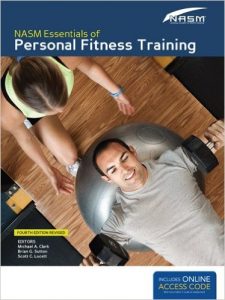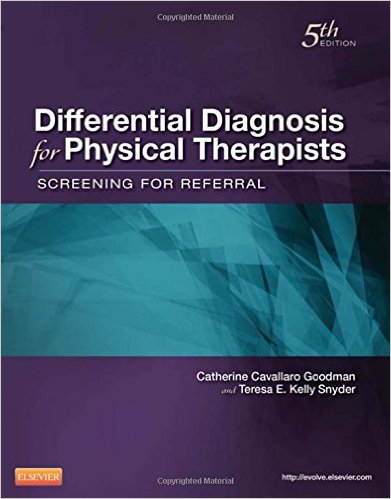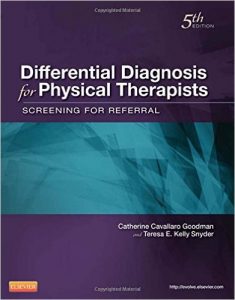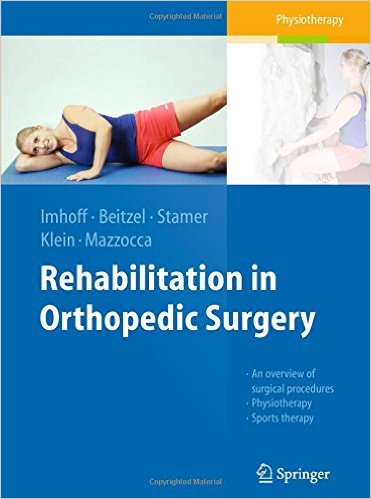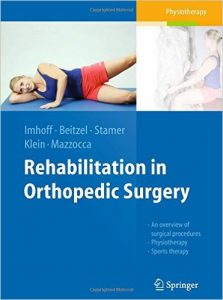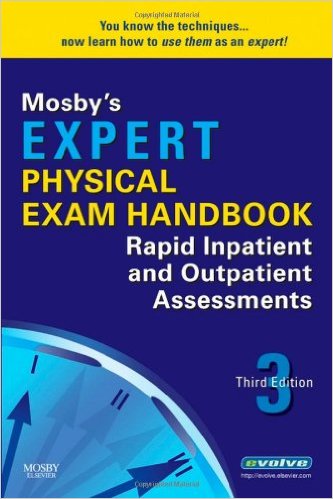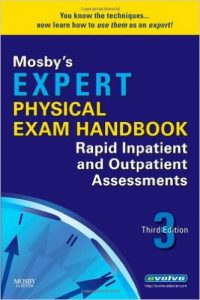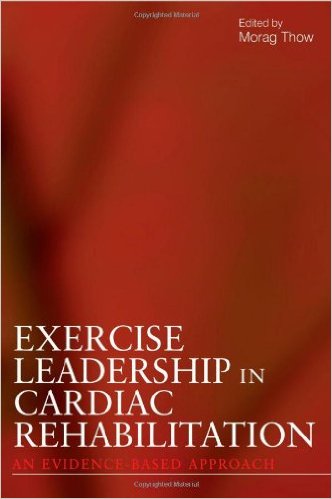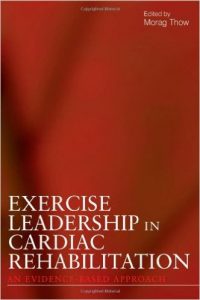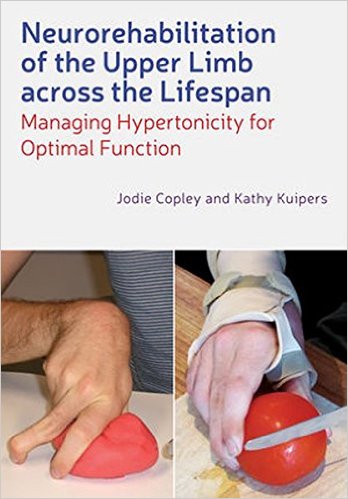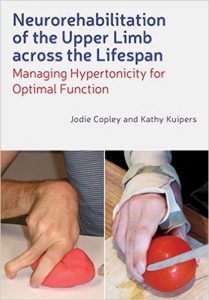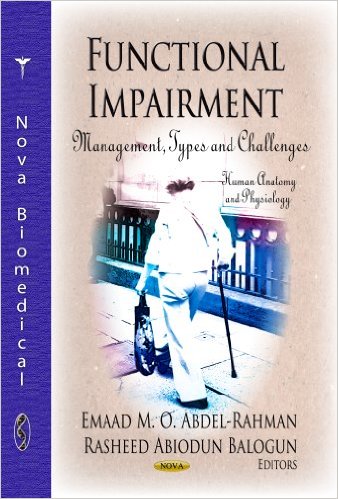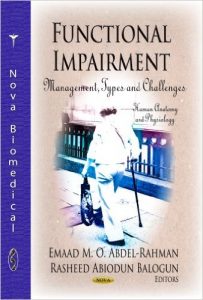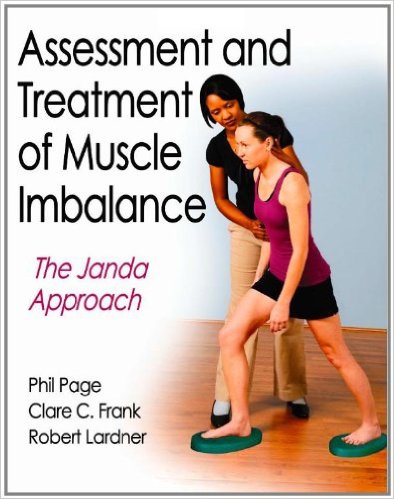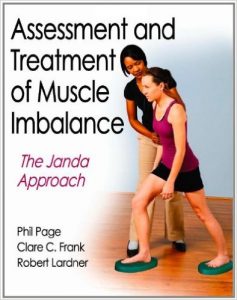Physical Therapy Clinical Handbook For Ptas 2nd Edition
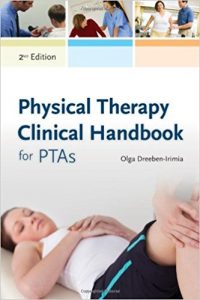
[amazon template=iframe image2&asin=1449647588]
Physical Therapy Clinical Handbook for PTAs, Second Edition, is a concise and condensed clinical pocket guide designed specifically to help physical therapist assistants and physical therapist assistant students easily obtain helpful evidence-based information. This succinct, summarizing pocket-guide covers the evaluative as well as interventional aspect of physical therapy and offers immediate guidance concerning physical therapy data collection and interventions in various clinical settings including musculoskeletal, neurologic, cardiopulmonary, integumentary, geriatric, pediatric and acute care. With its portable and user-friendly format, this handbook is a valuable resource for physical therapist assistant students during the education training program and throughout clinical practice. The Second Edition features a new and unique look at physical therapy in acute care provided by PTAs. Acute care topics include musculoskeletal and neurological acute care, as well as the significant factors in acute care to consider while applying physical therapy to patients with endocrine, gastrointestinal, genitourinary, and oncological disorders/diseases. The Second Edition contains physical therapy terminology reflecting current physical therapy practice according to the APTA’s “Guide to Physical Therapist Practice” and also includes guidelines from the CDC and JCAHO. Appendices contain helpful balance assessment forms, and cardiac and integumentary patient education forms.



